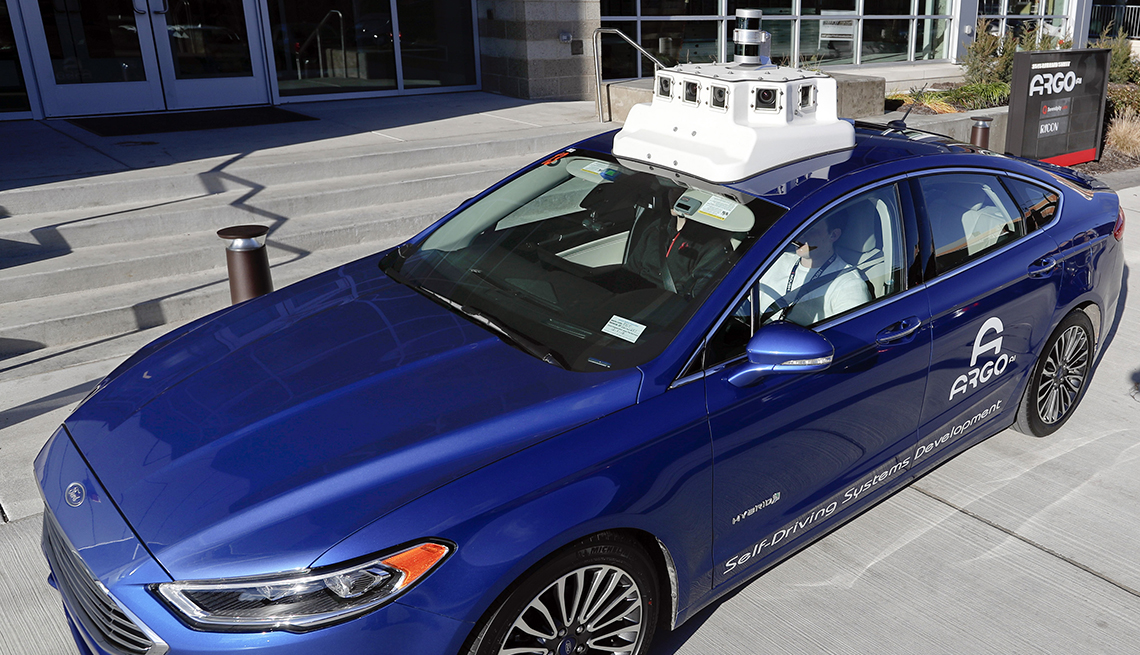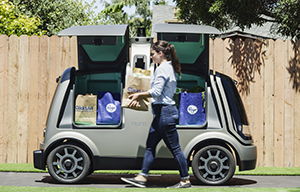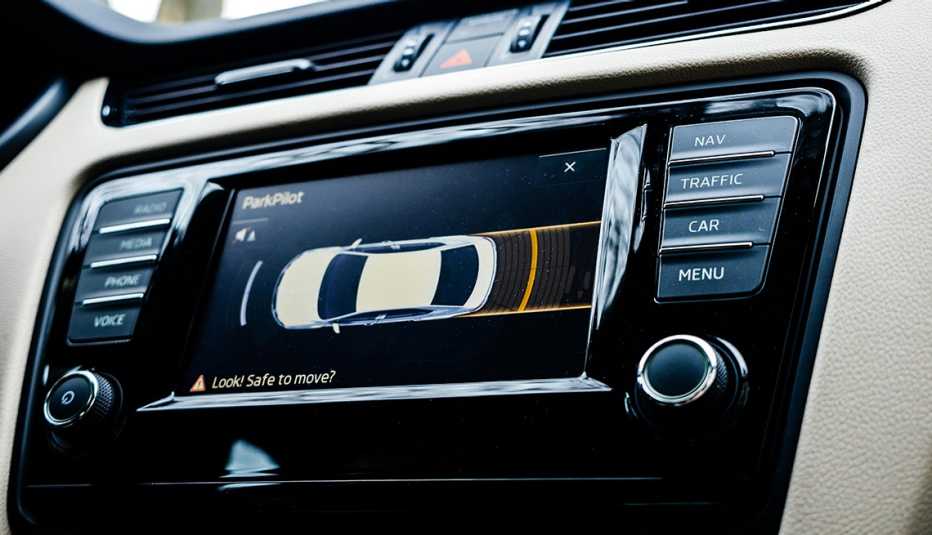AARP Hearing Center
"Everyone wants to know, when will cars truly drive themselves?” Akio Toyoda, chief executive of Toyota, said in addressing the press in Las Vegas.
Speaking at CES, the annual technology trade show in January, the head of the world's largest automaker was acknowledging what many have been quietly saying for months: Autonomous vehicles won't be going on sale soon.
While many consumers remain skeptical about cars speeding down Main Street without human supervision, one group has been notably more receptive — boomers who know the time is coming when they will have to give up their car keys. Autonomous cars would mean freedom for those who won't be able to drive but want to stay mobile and self-sufficient.
"My 82-year-old dad is incredibly enthusiastic,” John Rich, the chief operating officer of Ford Autonomous Vehicles, said in an interview with AARP. “He can't wait to get in one."
One reason: His father feels vulnerable knowing that Uber and Lyft drivers realize he lives alone, Rich says.
Indeed, not only will autonomous vehicles never present a threat to or argue with passengers, they are also supposed to be safer on the road, never get tired or distracted and be able to react more quickly than any human driver. However, achieving that last goal has proved to be more of a challenge than engineers originally thought.
Taken for a ride
On the congested streets of Las Vegas, I sat (helplessly) in the back seat of a self-driving Prius, watching as the wheel sawed back and forth in front of the empty driver's seat. It steered us through multiple left turns — inches from buses and trucks — snaked its way through construction zones and avoided aggressive drivers merging into traffic. Designed by Moscow-based technology company Yandex, the fully autonomous system was impressive, but it was also an exception at CES.
Most of the automotive companies had the same autonomous vehicle displays touted two years ago at the electronics show. Furthermore, many self-driving tech companies were conspicuously absent or keeping a very low profile there.
Aptiv, a Dublin-based major technology supplier to car companies around the world, was not able to give me a demonstration of its autonomous driving system, and Intel-owned Mobileye, headquartered in Jerusalem, passed on demonstrations completely, offering instead an online video of its system being tested in Israel.
"There definitely has been a reality check,” Austin Russell, chief executive of Luminar Technologies, said on a test drive along a Nevada highway. “It is a lot harder than we thought.”
Russell's company of Portola Valley, California, makes a new type of light detection and ranging sensor (lidar) for autonomous vehicles that he was touting. Iridescent scanning lines appeared on a computer screen as the lidar sensor looked hundreds of feet ahead, picking out road signs and cars moving around us.
The chief executive and cofounder of the company explained that much of the self-driving focus in the past 18 months from companies like Mercedes-Benz has turned from city to highway driving, where the challenges are fewer.
Proving the point, San Diego-based Qualcomm, which makes the chips that power most smartphones, took me for a highway test ride in a Lincoln MKZ, equipped with multiple cameras and a new form of imaging radar instead of lidar. The sedan was able to merge onto the highway all by itself, managing the delicate dance of entering into bumper-to-bumper traffic with aplomb.
Small steps first, like driver assistance
In the company's view, autonomous systems will be introduced gradually with the first step being driver assistance features for the highway only, says Anshuman Saxena, who is from Qualcomm's automotive business division. This reflects the fact that automakers now are being more cautious as they realize that self-driving cars are going to require more advanced sensors to see better than human drivers.





































































